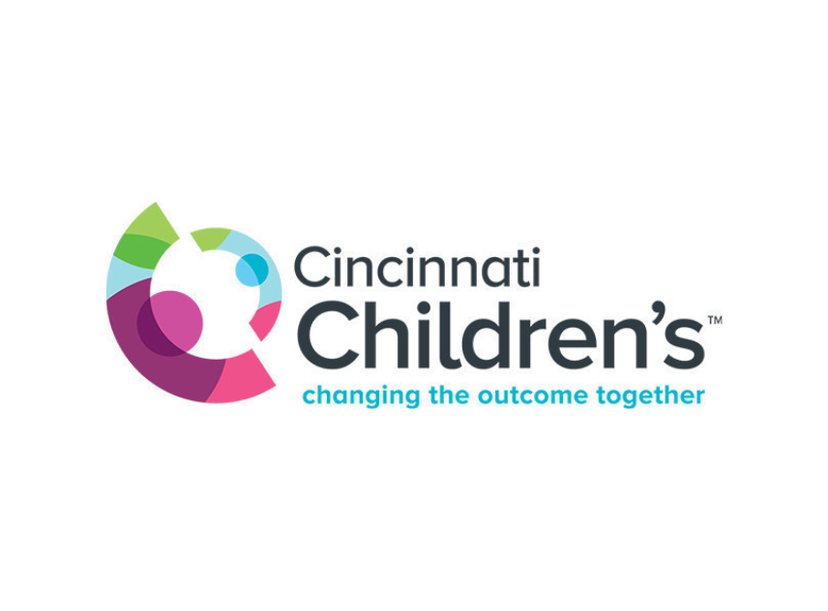Nasal COVID vaccine shows promise in phase 1 clinical trial
A nasal vaccine could prove both more effective medically and more tolerable for young children and adults who may fear needles
7 Jul 2025
During the COVID-19 pandemic, scientists learned that the critical path to infection started with the SARS-CoV-2 virus invading nasal tissues, to then cause millions of deaths by spreading through the body and robbing the sickest people of their ability to breathe.
While the traditional way to administer protection has been to inject vaccines into the bloodstream, many experts called for developing a nasally delivered vaccine as a potentially more-effective approach. Now, encouraging results are in from the first human clinical trial to be conducted in the United States of a nasal COVID vaccine.
"A single dose of this vaccine (CVXGA) was well tolerated. It generated a wide spectrum of specific immune responses including mucosal and systemic immune responses. Those who received the highest dose of the vaccine showed significantly lower rates of symptomatic COVID-19 infection," says the study's lead author, Paul Spearman, MD, a long-time leader in vaccine research and vice chair for clinical and translational research and education at Cincinnati Children's.
The vaccine is made by the Georgia-based company CyanVac LLC, which also funded the clinical trial. Based on the promising data generated from this phase 1 trial, two larger clinical studies involving more people are underway.
If these trials also prove successful, the CVXGA vaccine could join four other nasal COVID vaccines approved in other countries: two in China, one in Russia, and one in India.
How effective was the nasal vaccine?
The clinical trial included 72 people who received vaccinations, with ages ranging from 12 to 53. A total of 61 participants completed the entire trial. During the period of the trial from September 2021 to May 2023, various waves of SARS-CoV-2 variant infections emerged in the US.
Participants were divided among four groups. One group received a low dose of the vaccine, which served as a control group. The other three higher dose groups included one group of adults that had never been infected or had not been vaccinated recently; a group of adults that had been recently vaccinated with a previous mRNA vaccine; and a group of teens that also had been vaccinated.
Overall, about 25% of recipients reported having a runny nose after the vaccine; 8% reported nausea. None had a fever.
The researchers found evidence that the vaccine was absorbed in the nasal tissues, and that it generated statistically significant antibody responses, as intended.
CVXGA1 produced a combined 51.9% mucosal antibody response rate across the three higher dose groups, compared to just 21.4% in the lower dose group.
The low-dose group (Group 1, enrolled from September 2021 to February 2022) had the highest overall COVID-19 infection rate: 73.3%. The other three groups had infection rates ranging from 11.1% to 22.2%. None of those found to be infected required hospital care.
The results suggest that the vaccine reduced the risk of infection by at least 67% compared to never being vaccinated before. However, definitive proof of efficacy will require larger trials designed specifically for this purpose.
What's next?
By design, a phase 1 clinical trial involves low numbers of participants. However, the results were encouraging enough to recommend moving ahead with larger clinical trials.
The largest of the two ongoing trials seeks to enrol up to 10,016 participants by mid-2026 with the study completed by mid-2027.
